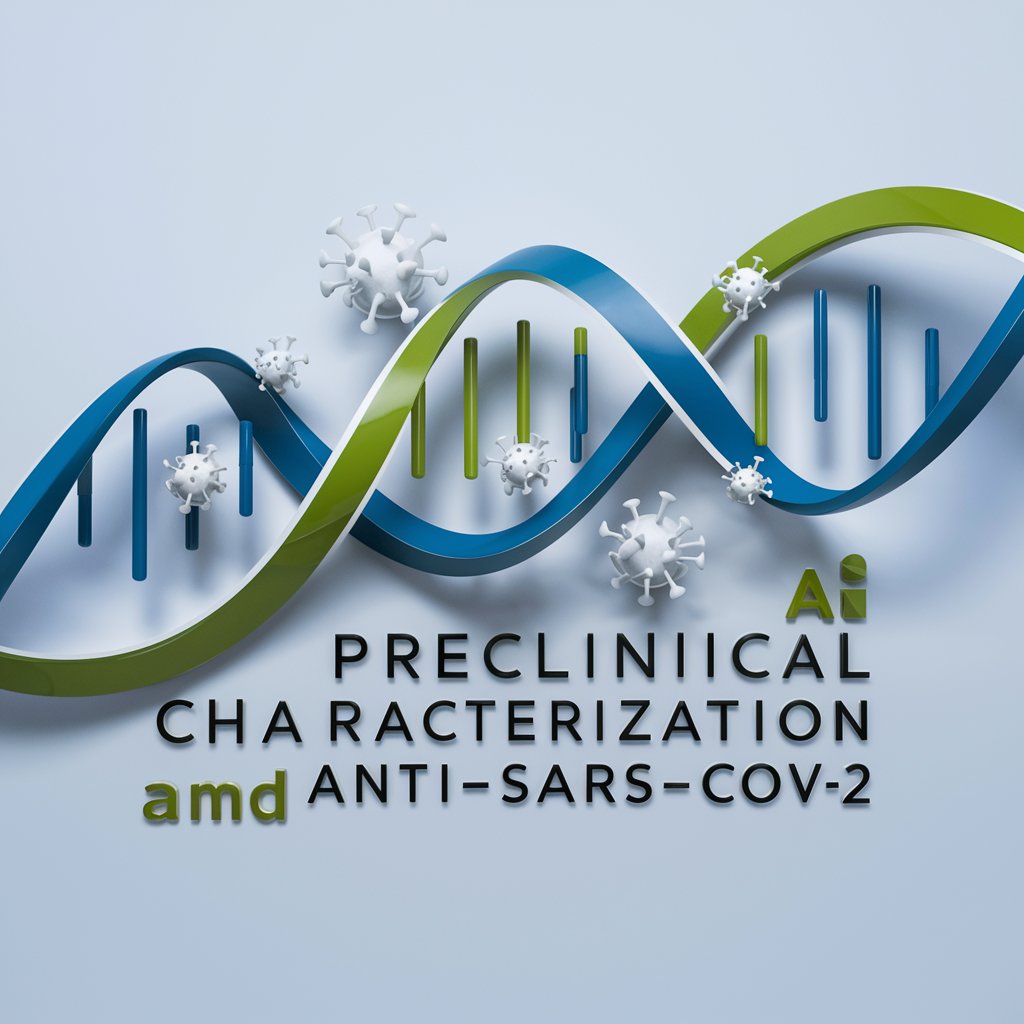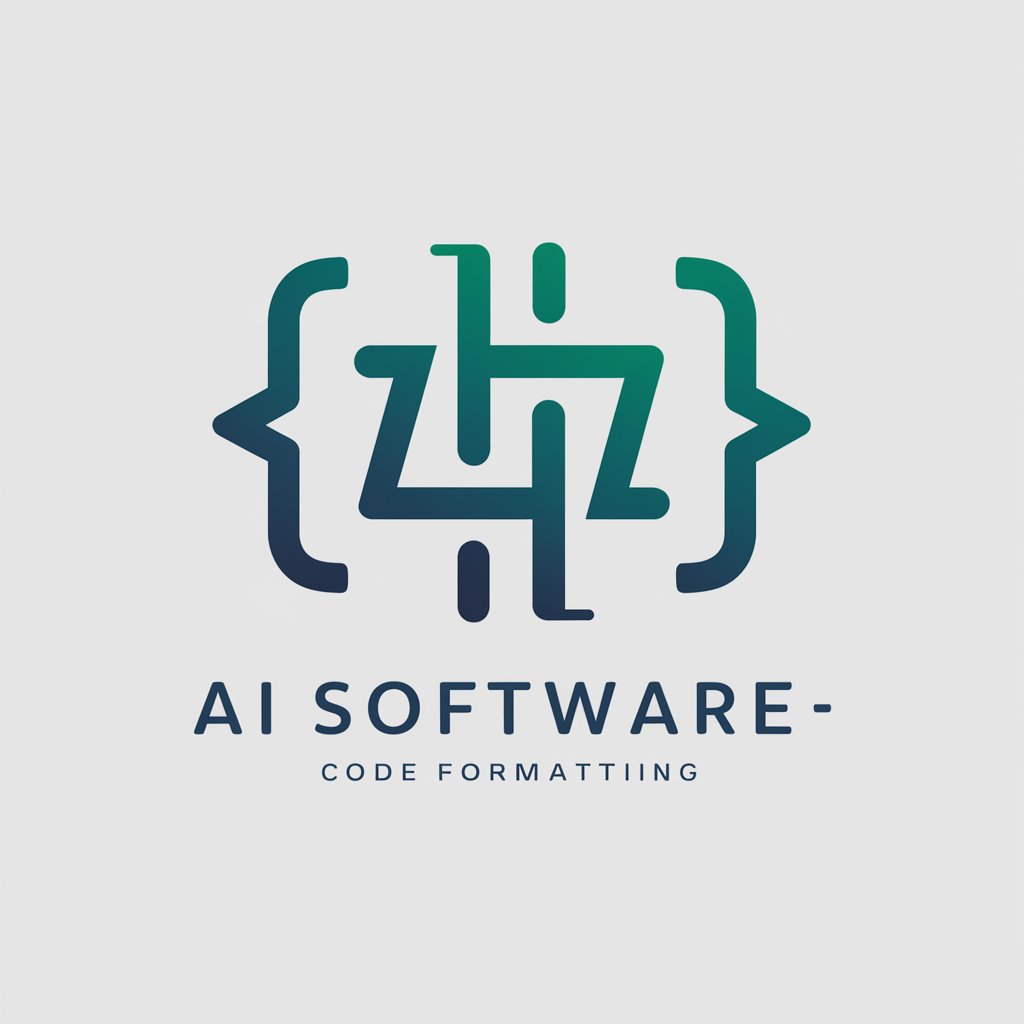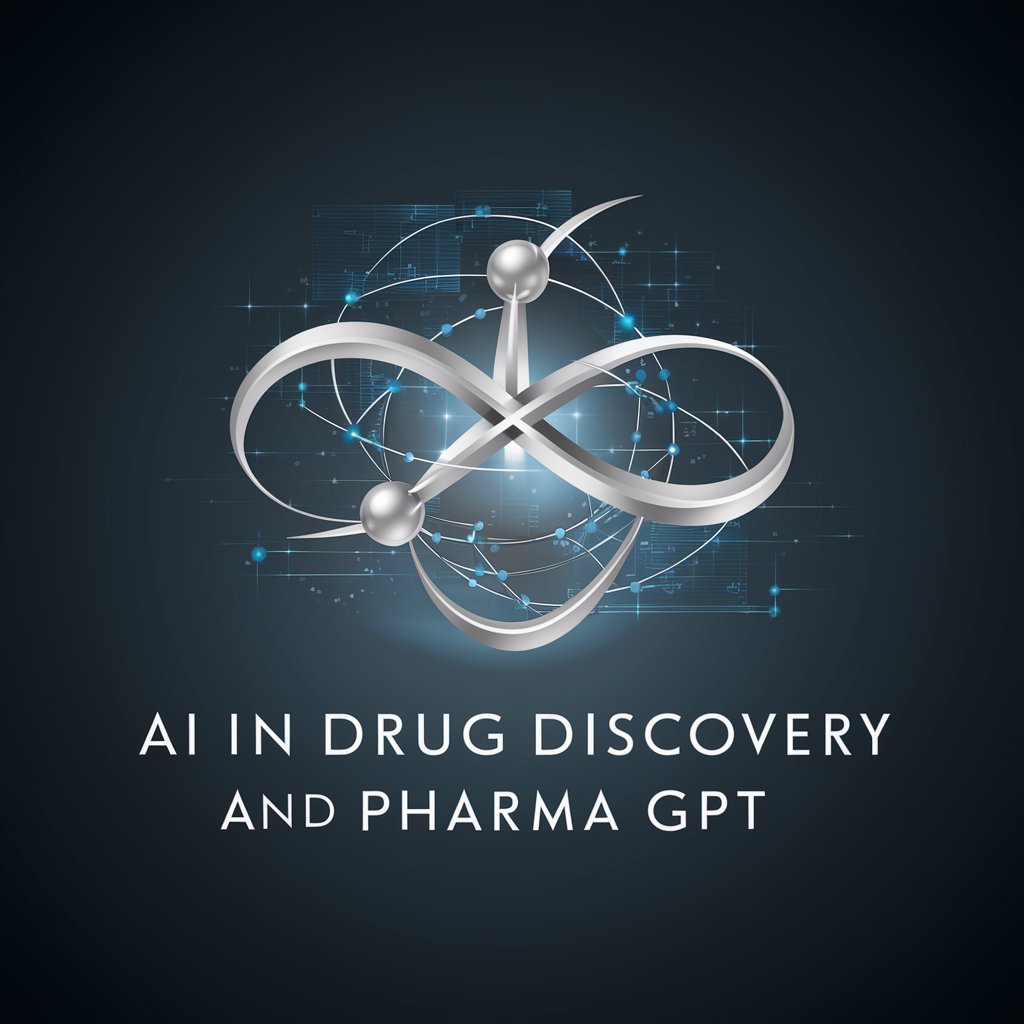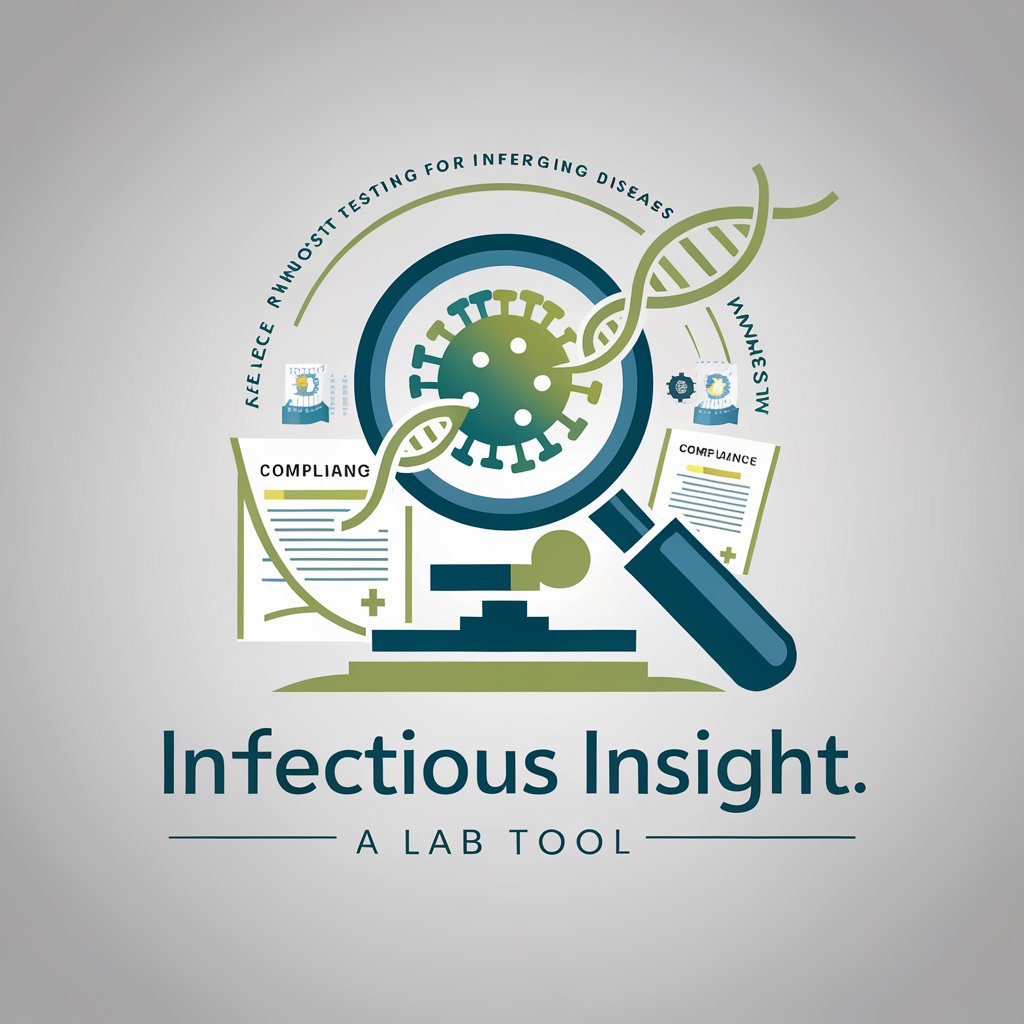
Preclinical characterization and anti-SARS-CoV-2 - Preclinical COVID-19 Analysis

Welcome! Let's explore antiviral research together.
Empowering COVID-19 Research with AI
Explain the mechanism of action for ATV014 against SARS-CoV-2.
Describe the preclinical efficacy of ATV014 compared to remdesivir.
What are the pharmacokinetic properties of ATV014 in animal models?
Summarize the safety and toxicity profile of ATV014 in preclinical studies.
Get Embed Code
Introduction to Preclinical Characterization and Anti-SARS-CoV-2 Efficacy
Preclinical characterization and anti-SARS-CoV-2 efficacy focus on the comprehensive evaluation of potential therapeutic candidates against the SARS-CoV-2 virus, the causative agent of COVID-19. This process involves a series of studies designed to assess the safety, pharmacokinetics (PK), pharmacodynamics (PD), efficacy, and metabolic profiles of new drugs in vitro (using cell cultures) and in vivo (using animal models) before they proceed to clinical trials in humans. A prime example of this process is the development of ATV014, an oral cyclohexanecarboxylate prodrug of 1′-CN-4-aza-7,9-dideazaadenosine C-nucleoside, designed to improve bioavailability and antiviral potency against SARS-CoV-2. This drug was evaluated through various preclinical studies, demonstrating improved oral bioavailability, potent antiviral activity against multiple SARS-CoV-2 variants, and a favorable safety profile. These studies are crucial for determining a candidate's potential as a safe and effective treatment for COVID-19. Powered by ChatGPT-4o。

Main Functions of Preclinical Characterization and Anti-SARS-CoV-2 Efficacy
Safety Assessment
Example
Determining the maximum tolerated dose (MTD) and no observed adverse effect level (NOAEL) of ATV014 in rats and dogs.
Scenario
In a preclinical setting, researchers conduct repeated dose toxicity studies to identify any potential toxic effects of a new drug candidate. For ATV014, these studies were performed to establish safe dosage ranges for subsequent human trials.
Efficacy Testing
Example
Evaluating the antiviral activity of ATV014 against various SARS-CoV-2 variants in cell culture and its therapeutic and prophylactic efficacy in K18-hACE2 transgenic mice.
Scenario
Researchers assess how effectively a drug candidate can inhibit the replication of the virus in vitro and reduce viral load in vivo, which is crucial for advancing potential treatments. ATV014 showed potent activity against several variants, including Omicron, and significantly reduced viral RNA and lung damage in mice.
Pharmacokinetics and Pharmacodynamics (PK/PD) Studies
Example
Analyzing the absorption, distribution, metabolism, and excretion (ADME) of ATV014, including its bioavailability and half-life in different animal models.
Scenario
PK/PD studies provide insights into the drug's behavior within the body, guiding dosing regimens for clinical trials. For ATV014, these studies revealed favorable bioavailability and stable plasma concentrations, supporting its potential as an oral treatment for COVID-19.
Ideal Users of Preclinical Characterization and Anti-SARS-CoV-2 Services
Pharmaceutical and Biotechnology Companies
These entities are actively engaged in the discovery and development of new therapeutic agents. Preclinical characterization services can significantly aid in assessing the viability of their drug candidates for treating COVID-19, streamlining the path to clinical trials and regulatory approval.
Academic and Research Institutions
Researchers working in these settings focus on understanding the mechanisms of viral infection and identifying potential therapeutic targets. Preclinical characterization provides a foundation for translating basic research findings into practical treatments.
Public Health Organizations
These organizations, focused on controlling and preventing disease outbreaks, can use insights from preclinical studies to inform policy decisions, treatment guidelines, and investment in promising therapeutic options for combating COVID-19.

Guidelines for Using Preclinical Characterization and Anti-SARS-CoV-2
1
Start by visiting yeschat.ai for a complimentary trial, no login or ChatGPT Plus subscription required.
2
Explore the tool's functionalities by inputting data related to preclinical studies or anti-SARS-CoV-2 research to receive analysis and insights.
3
Utilize the provided insights for enhancing your research design, identifying potential therapeutic targets, and optimizing preclinical trial protocols.
4
Apply the tool's findings to draft research papers, grant proposals, or reports, leveraging its comprehensive data analysis capabilities.
5
Regularly update your datasets with new research findings to continuously refine your understanding and application of anti-SARS-CoV-2 strategies.
Try other advanced and practical GPTs
Sandwich
Elevate Your Writing with AI

1994 meaning?
Unveiling 1994 with AI-powered analysis

【初心者向け】投資クイズ(4択10問)
Empowering Investment Novices with AI

Shopify & E-commerce Expert
AI-powered Shopify Success

主播话术编写助手
Craft compelling sales narratives with AI

SEO Social Guru
Elevate Your Online Presence with AI

Code Formatter
Elevate Your Code with AI-Powered Formatting

CopyExpert
Empower Your Words with AI

Chat AIP Australia
Navigate aviation knowledge with AI

Especialista em Gerenciamento de Projetos
Empowering project success with AI-driven insights

Dr. Freud
Unravel Your Dreams with AI Insight

ElevateGPT
AI-Powered Cybersecurity Insights

Preclinical Characterization and Anti-SARS-CoV-2 Q&A
What is Preclinical Characterization and Anti-SARS-CoV-2?
It is a tool designed to analyze and provide insights on preclinical data and the efficacy of anti-SARS-CoV-2 compounds, aiding in the development of effective COVID-19 treatments.
How can this tool help in COVID-19 research?
By offering detailed analysis of preclinical studies, suggesting potential therapeutic targets, and evaluating the efficacy of treatments against various SARS-CoV-2 strains, thus accelerating the development of effective therapies.
Can this tool predict the success of anti-SARS-CoV-2 compounds?
While it cannot guarantee success, it provides a comprehensive analysis based on current data, which can significantly inform and enhance the decision-making process in drug development.
Is this tool suitable for researchers without a background in data science?
Yes, it is designed with a user-friendly interface that allows researchers from various backgrounds to easily interpret and apply its findings to their work.
How does the tool stay updated with the latest research?
It continuously integrates the latest published data and studies into its analysis, ensuring that its insights remain relevant and valuable to current and future anti-SARS-CoV-2 research efforts.





